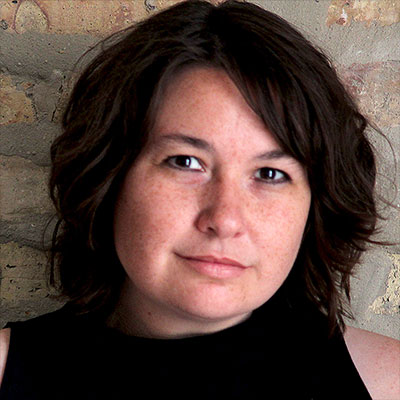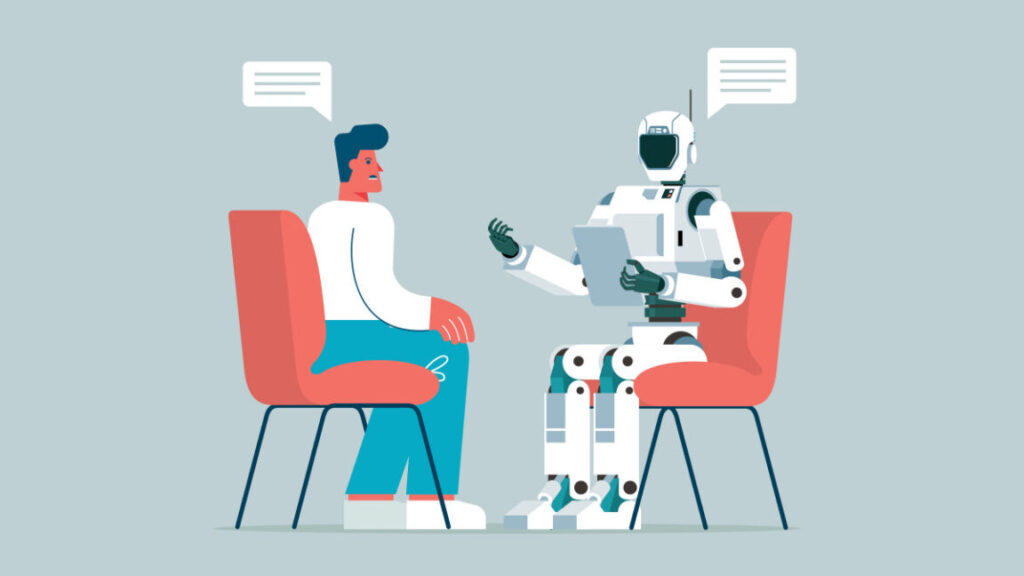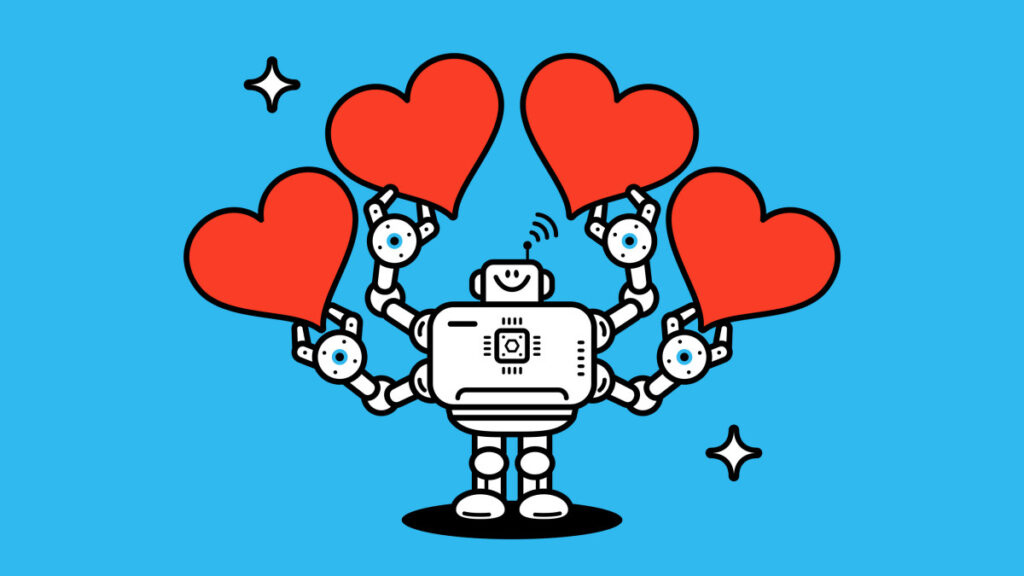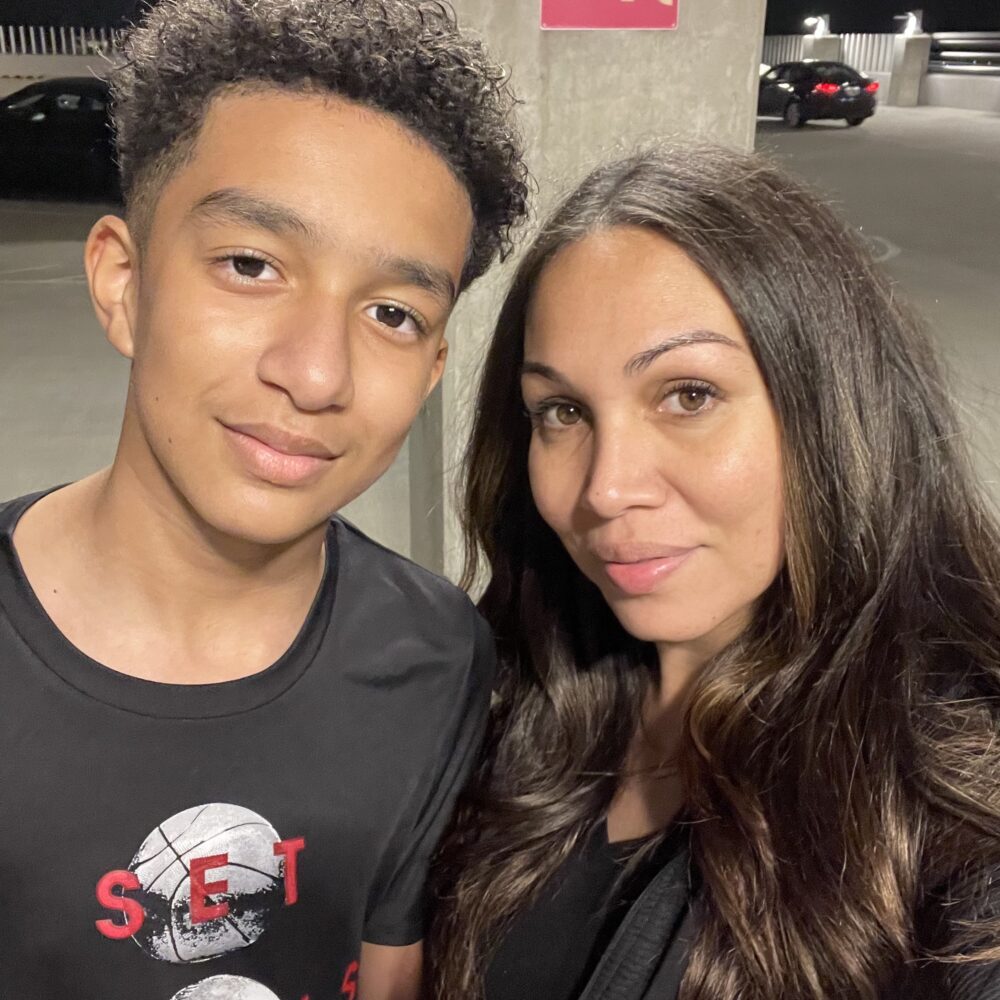After teen death lawsuits, Character.AI will restrict chats for under-18 users
Lawsuits and safety concerns
Character.AI was founded in 2021 by Noam Shazeer and Daniel De Freitas, two former Google engineers, and raised nearly $200 million from investors. Last year, Google agreed to pay about $3 billion to license Character.AI’s technology, and Shazeer and De Freitas returned to Google.
But the company now faces multiple lawsuits alleging that its technology contributed to teen deaths. Last year, the family of 14-year-old Sewell Setzer III sued Character.AI, accusing the company of being responsible for his death. Setzer died by suicide after frequently texting and conversing with one of the platform’s chatbots. The company faces additional lawsuits, including one from a Colorado family whose 13-year-old daughter, Juliana Peralta, died by suicide in 2023 after using the platform.
In December, Character.AI announced changes, including improved detection of violating content and revised terms of service, but those measures did not restrict underage users from accessing the platform. Other AI chatbot services, such as OpenAI’s ChatGPT, have also come under scrutiny for their chatbots’ effects on young users. In September, OpenAI introduced parental control features intended to give parents more visibility into how their kids use the service.
The cases have drawn attention from government officials, which likely pushed Character.AI to announce the changes for under-18 chat access. Steve Padilla, a Democrat in California’s State Senate who introduced the safety bill, told The New York Times that “the stories are mounting of what can go wrong. It’s important to put reasonable guardrails in place so that we protect people who are most vulnerable.”
On Tuesday, Senators Josh Hawley and Richard Blumenthal introduced a bill to bar AI companions from use by minors. In addition, California Governor Gavin Newsom this month signed a law, which takes effect on January 1, requiring AI companies to have safety guardrails on chatbots.
After teen death lawsuits, Character.AI will restrict chats for under-18 users Read More »












